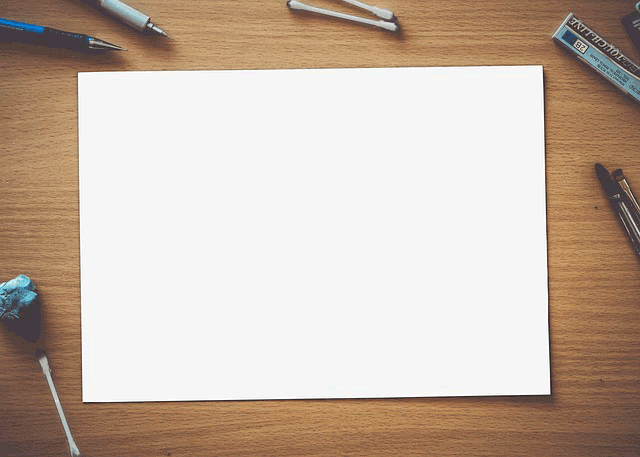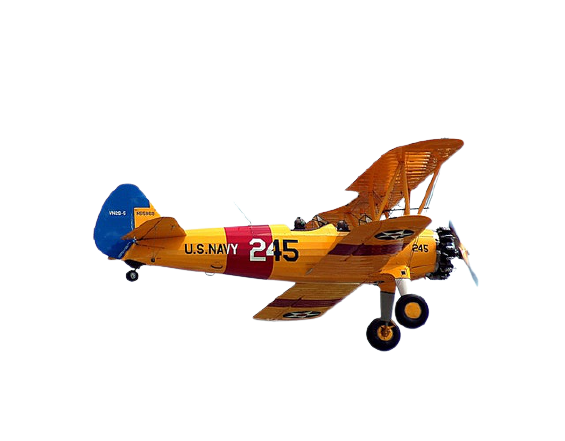Add JPG/JPEG Artifacts
Simplify your text tasks with three simple steps, Free!
The "Add JPG/JPEG Artifacts" tool enables users to swiftly insert various visual elements, such as watermarks or branding logos, into existing JPG or JPEG images with just a few clicks. This tool is particularly useful for photographers who need to protect their work, marketers looking to enhance promotional materials, and content creators aiming to add copyright notices or custom branding to their images efficiently.
Input Text Lines
Drag and drop your file here
png, jpg, webp, avif
Text with Result
Tool Options
What Is a Add JPG/JPEG Artifacts?
An Add JPG/JPEG Artifacts tool is a software utility designed to quickly and easily insert artificial imperfections, such as scratches or watermarks, into existing JPG or JPEG images. This can be particularly useful for testing image processing algorithms, creating realistic simulations of image degradation, or adding security features like watermarks to protect intellectual property. Common use cases include digital forensics, where artifacts help simulate tampered images, and content protection in media industries. By using such a tool, users can enhance the realism and effectiveness of their test scenarios without needing complex editing skills.

Add JPG/JPEG Artifacts Examples
Click to try!
Quickly Add Text Watermarks to JPEG Images
To use the 'Add JPG/JPEG Artifacts' tool with an image of a sunflower, simply upload your sunflower photo, select the type and position of artifacts you want to add (such as pixelation or noise), and adjust settings for intensity. This can be useful for testing image processing algorithms or simulating real-world image degradation, achieving more realistic results in computer vision projects.

Test Sunflower Image Degradation
To use the 'Add JPG/JPEG Artifacts' tool with an image of a blank white paper, upload your white paper photo, then choose artifacts like noise or blurriness to simulate real-world image degradation. This is particularly useful for testing how well your image processing algorithms can recover from such degradations; by starting with a clean, identifiable image, you can more effectively evaluate the performance and accuracy of your algorithms in realistic scenarios. The expected result is that you will be able to see how your algorithms handle missing or corrupted data, leading to improvements in their robustness and reliability.

Simulate Real-World Degradations on White Paper Images
To use the 'Add JPG/JPEG Artifacts' tool with an image of an airplane, upload a clear photo of an airplane on a white background. Then, apply simulated artifacts such as noise or blurriness to mimic real-world degradation. This helps you test how well your algorithms can restore and identify the airplane image despite these degradations, ensuring better performance in practical scenarios where images might be blurry or contain noise. The expected result is improved robustness of your algorithms, making them more reliable in handling various image qualities.
